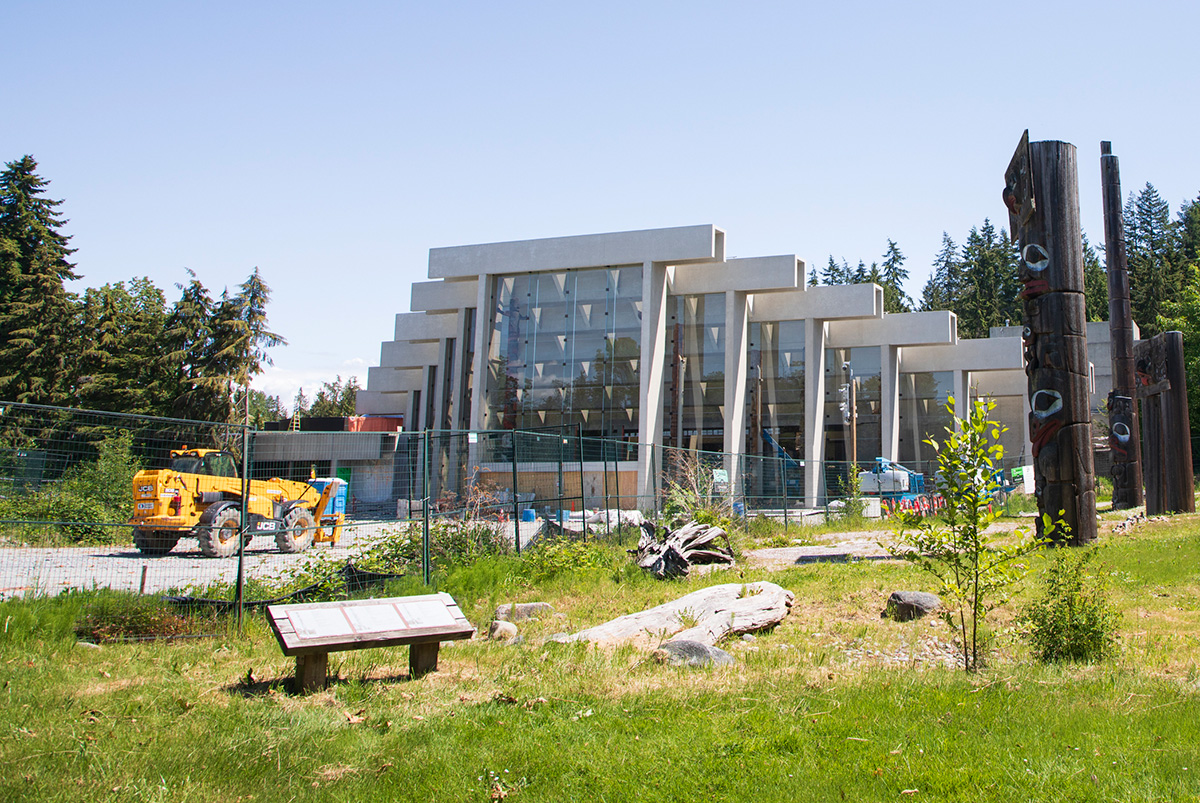With its rich collection of First Nations art and other exhibits, the Museum of Anthropology at UBC is set to re-open to the public on June 13 after being closed for 18 months.
The closure was necessary for seismic upgrades to the Great Hall to protect the museum and its works from earthquakes. MOA remained open for community and for research requests, but saw few visitors during that time.
The Great Hall has now been rebuilt — 25 base isolators have been installed under the concrete columns to provide seismic protection. The upgrades used the original design by Arthur Erikson, “to retain the appearance of the original space to preserve its architectural character.”
MOA also worked with Musqueam in the planning of the upgrades. The project is described by MOA as ensuring “the preservation and safety of this cultural heritage for future generations.”
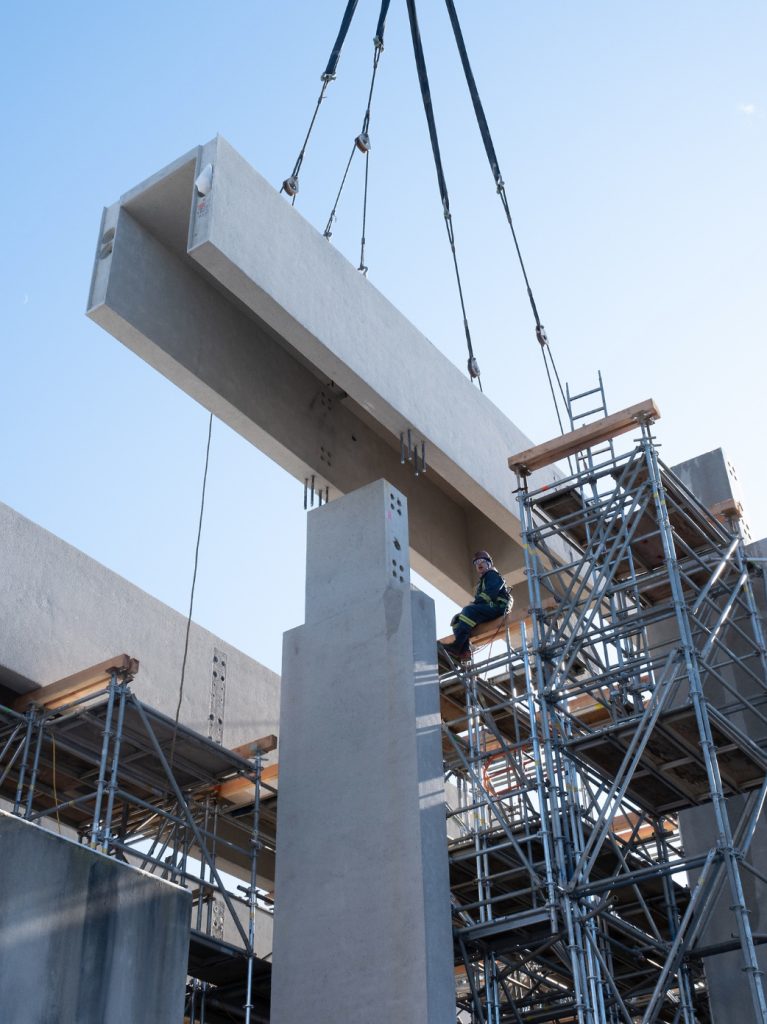
The Campus Resident spoke to museum director Susan Rowley about the closure and the upgrades. Rowley said that while the construction itself posed a lot of challenges and unexpected hiccups, the most challenging aspect of the closure for the museum staff was not having the opportunity to interact with the public.
“We thrive on visitors,” Rowley said, adding that interaction with the public is a vital part of MOA’s educational mandate, and that museum staff are excited about re-engaging with visitors.
Rowley also said that the closure provided the opportunity for MOA to rethink and reimagine the museum and its exhibits. The museum worked with an advisory committee, as well as with First Nations communities and families to think about themes, aiming to “provide more context” for the permanent collection of works and to “wrap them in community.”
It’s clear that MOA staff are aware that the arrangements of objects within a space can affect the way they are perceived by visitors. A lot of their “reimagining” is focused on the presentation and explanation of works, and how that relates to the viewing space.
The upgraded Great Hall will display monumental works, such as carvings and poles, with additional context. The space has also been enhanced with new skylights and additional light sources.
Changes have been made throughout the museum and regular visitors will be able to note significant modifications to the displays of familiar works. Some larger pieces that were outside have been moved inside the building. The “Whaler’s Pole,” formerly located outside the Douglas T. Kenny Building, will now be on display in the Great Hall, along with some other works that were previously outside on MOA grounds. Visitors can also look forward to new displays at the Great Hall including an 8.7-metre canoe, carved by Stz’uminus artist Qap’u’luq—John Marston.
New Exhibitions
As part of the reopening, the museum will be showcasing a new multimedia exhibit titled To Be Seen, To Be Heard: First Nations in Public Spaces, 1900–1965. This exhibit features archival photographs and film to present Indigenous self-representation during a time of assimilation, documenting First Nations efforts “to be seen and heard at a wide range of public events.” Photographs will be “accompanied by audio commentaries by Indigenous community members who reflect on the images from their perspectives today.”
Curators at the museum are working to enhance the opportunities for collaboration and expression by the artists and makers. Rowley says the exhibit is an example of this collaboration and of the museum’s ongoing work on decolonization. Rowley and head museum curator Carol Mayer both said that explanatory text and educational materials are co-created with artists and community members, and that this change in practice is one reflection of the way the MOA’s approach to its collections have evolved over time.
MOA’s History is a Journey
The opening weekend marks a number of significant landmarks in MOA’s history, including the 100th birthday of the original MOA architect, and the 75th anniversary of the MOA’s founding.
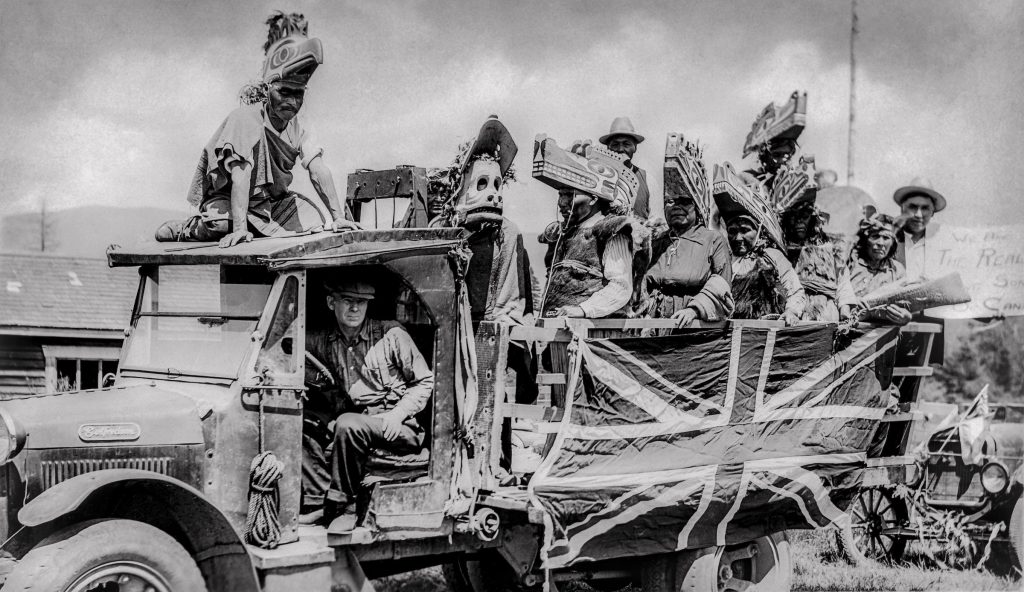
Mayer, who has worked under every MOA director and wrote a history of the museum with former director Anthony Shelton, spoke to The Campus Resident and provided some insight on the museum’s development. She has seen a lot of changes since the museum was first established with Burnett’s collection. When asked if she saw the museum as responding to changes in anthropology, or driving it, Mayer said, “Well, you start by observing change, but then you hope to participate in it.”
Mayer also said that MOA continues to transform its understanding of its relationships with the objects in its collection. “We used to talk about being owners, then stewards,” Mayer said. “But now the museum is more of a resting place.”
She talks about the journey of the objects in the museum. “It’s important to our reputation that people regard us as respectful of the collections,” she said. “They may be here for a time, but this is not necessarily the end of the journey.”
One of the biggest changes over time has come with the museum’s collections being available online, which Mayer describes as an important development for both transparency and accessibility. “People come from all over the world to visit objects they have seen online.”
Additionally, curatorial staff work to care for and display objects in ways that display their unique beauty, as well as keep them intact. It’s a long way from the dusty cabinets in the basement in the 1950s.
Pacific Connections
Another new exhibit opening on June 13 is the Western Canada premiere of Māori artist Lisa Reihana’s panoramic video and sound work, in Pursuit of Venus [infected]. The exhibition tells the story of Cook’s journey from a variety of perspectives, juxtaposing images with a variety of voices and commentary. According to MOA, the work presents “Māori and Pacific Indigenous people’s relationships with their cultural knowledge” through a complex set of viewpoints.
This work continues the tradition of MOA’s relationship with cultures from the Pacific, which started with Burnett’s collection.
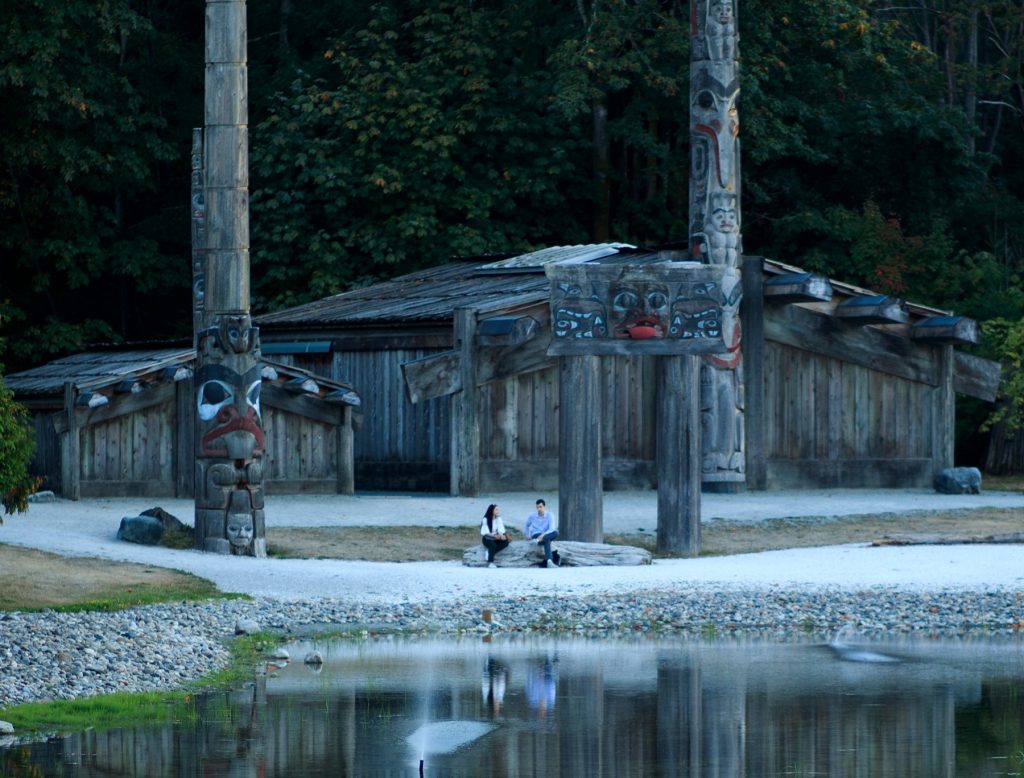
Mayer says MOA’s relationship with the Pacific makes sense in terms of its location.
“Outside the museum, looking out, the first thing you see is a Pacific island,” says Mayer, who is working on a book about the Pacific and has been responsible for collecting a number of MOA’s works from people of the Pacific Islands. “They see this as their museum.”
Reopening Weekend: June 13-16
MOA reopens to the public with a free admission event at 5 p.m. on Thursday, June 13. Opening night runs from 5 to 9 p.m. and includes speeches and a Coast Salish song and dance by Tsatsu Stalqayu Coastal Wolf Pack at 7 p.m.
Friday’s events will include a centenary celebration of the original MOA architect, Arthur Erikson, and a special tour of the building.
The Harry and Audrey Hawthorn Library and Archives will also be hosting an open house on Saturday and Sunday.
The popular MOA Shop will also reopen for in-person shopping. UNA Card holders get a 10 per cent discount on purchases. MOA staff are also hoping that the new Cedar Café will be up and running by opening weekend.
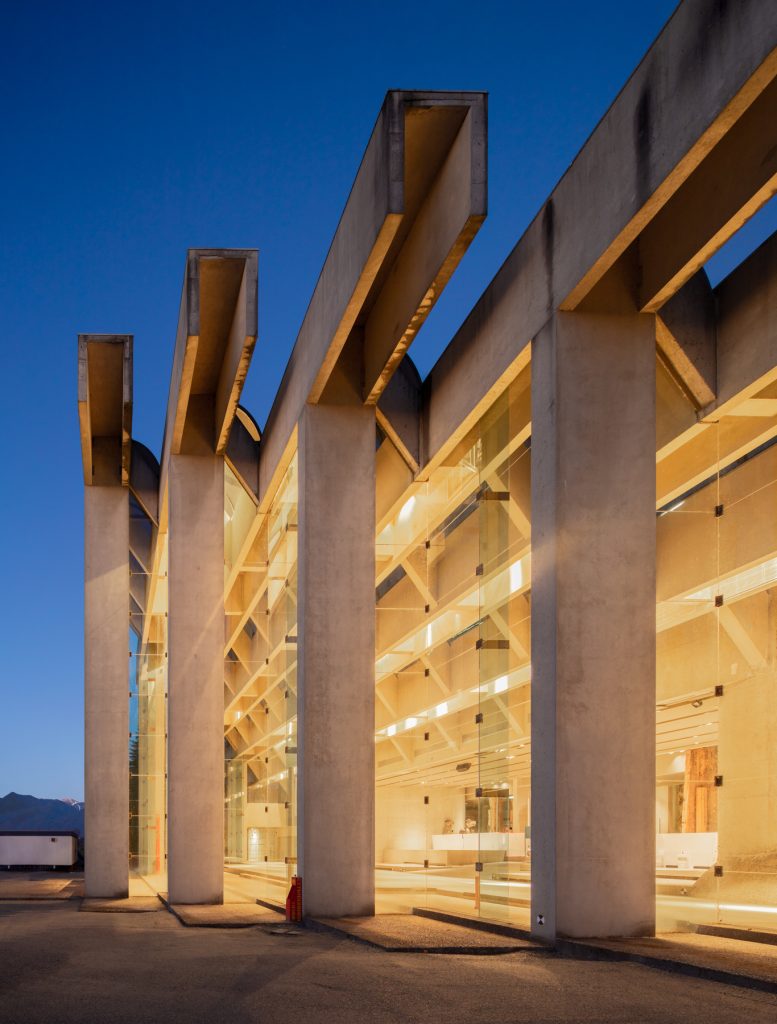
Additional activities, tours and performances are scheduled throughout the weekend, with details available on the MOA’s website.
For the public, admission will be free on June 13 and half price from June 14-16. For UNA Card holders, UBC students and employees, admission is free. Beyond Opening Weekend MOA staff are looking forward to re-engaging with their volunteers, many of whom are local residents, and they also promise a variety of workshops and activities over the summer.
ROBYN STARKEY IS A WESBROOK PLACE RESIDENT AND A MEMBER OF THE CAMPUS RESIDENT NEWSPAPER EDITORIAL COMMITTEE.
